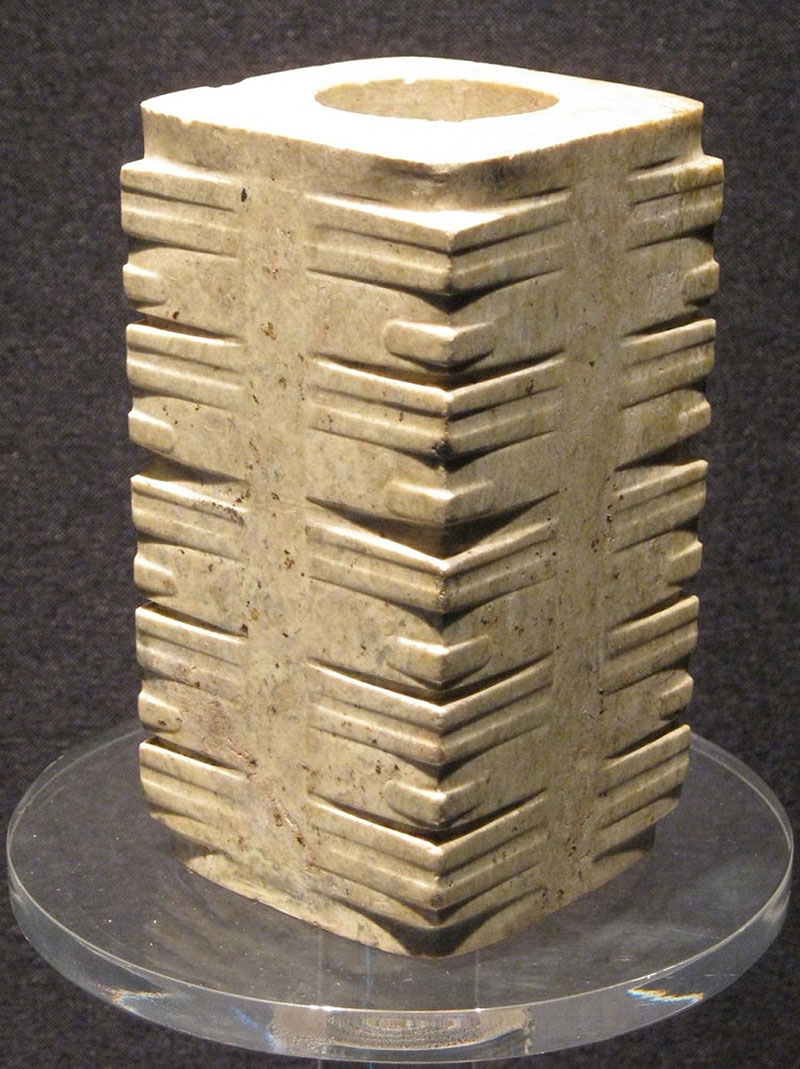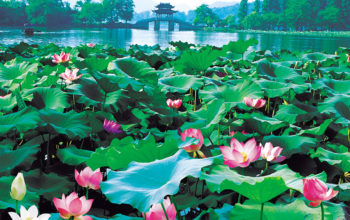China has a time-honored history of producing jade artifacts and its history can go back as far as 7000 years ago. When the people of the Humudu culture (a Neolithic culture from 5500 BC to 3300 BC that flourished just south of the Hangzhou Bay) consciously selected beautiful stones, from materials used for producing daily tools, to accessorize themselves and decorate their houses the era of Chinese jade culture began, and by the time of Liangzhu Culture, the Chinese jade culture had reached its heyday.

According to archeological findings the Liangzhu culture emerged around 2000 BC and it is best known for its wide varieties of jade artifacts like the exemplary jade cong, jade bi, jade axes and jade necklaces. Although most of Liangzhu’s contemporaries have some jade, 90 per cent of all the cong and bi jades recovered are, by far, of the highest quality and exclusively from the Liangzhu sites.The jade artifacts unearthed in the Liangzhu Culture are big in size and symmetrical in shape and are especially well known for their exquisite low relief carvings. The line patterns, created by these ancient crafts-people, are very impressive and even with today’s cutting-edge technology it is still hard to produce such exquisite pieces.

The jade culture of Liangzhu also had a significant influence on those of nearby areas, like the Daxi Culture (6000-5000) in the middle and upper reaches of the Yangtze River and the Shikuai Culture (5000-4000) in the area of Zhujiang River. It was 5000 years ago that the jade culture reached its peak, under the unremitting effort of the Liangzhu ancient people, and today it is their descendants who will take this a step further by establishing a comprehensive jade culture study center in Liangzhu Town, Yuhang District the birthplace of the Liangzhu culture.


